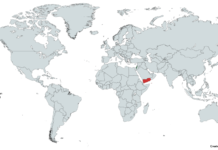Section 230 of the Communications Decency Act was enacted in 1996. This act’s original intent was designed to protect online businesses from various kinds of liability, specifically as it relates to information that’s posted online. It is the act that has set the tone, guidelines, and the foundation for how the internet is working.
With that begin said, it is also important to note that section 230 is still a hot topic across the web. This is primarily because of the activities that are presently going on in the U.S. supreme court today. According to the information posted in Chicago Sun-Times, there are 2 cases that the supreme court is hearing, and there are at least 2 possible major outcomes:
- Platforms on the web will need to become more cautious (i.e. removal of the personal section by craigslist to stop promoting sex trafficking).
- Platforms like Twitter, Facebook, and Youtube eliminate the need for moderation and censorship of voices on the web.
While these are 2 important areas that everyone is looking to see the court’s final rulings, there are others facets of the law that Section 230 includes. For example, here are 3 limits of section 230 that online companies and users need to pay close attention to:
- Website designs or services that negligently cause harm to their users
- Users are not warned about the dangers on their platforms
- Statutory exceptions like intellectual property claims, electronic privacy laws
As mentioned above, Law Section 230 sets the foundation for how the internet should work. As part of the Communications Decency Act, this law helps to protect online businesses on their platforms from certain types of liability, while also addressing issues that involve negligence, harm, or dangers to its users.









